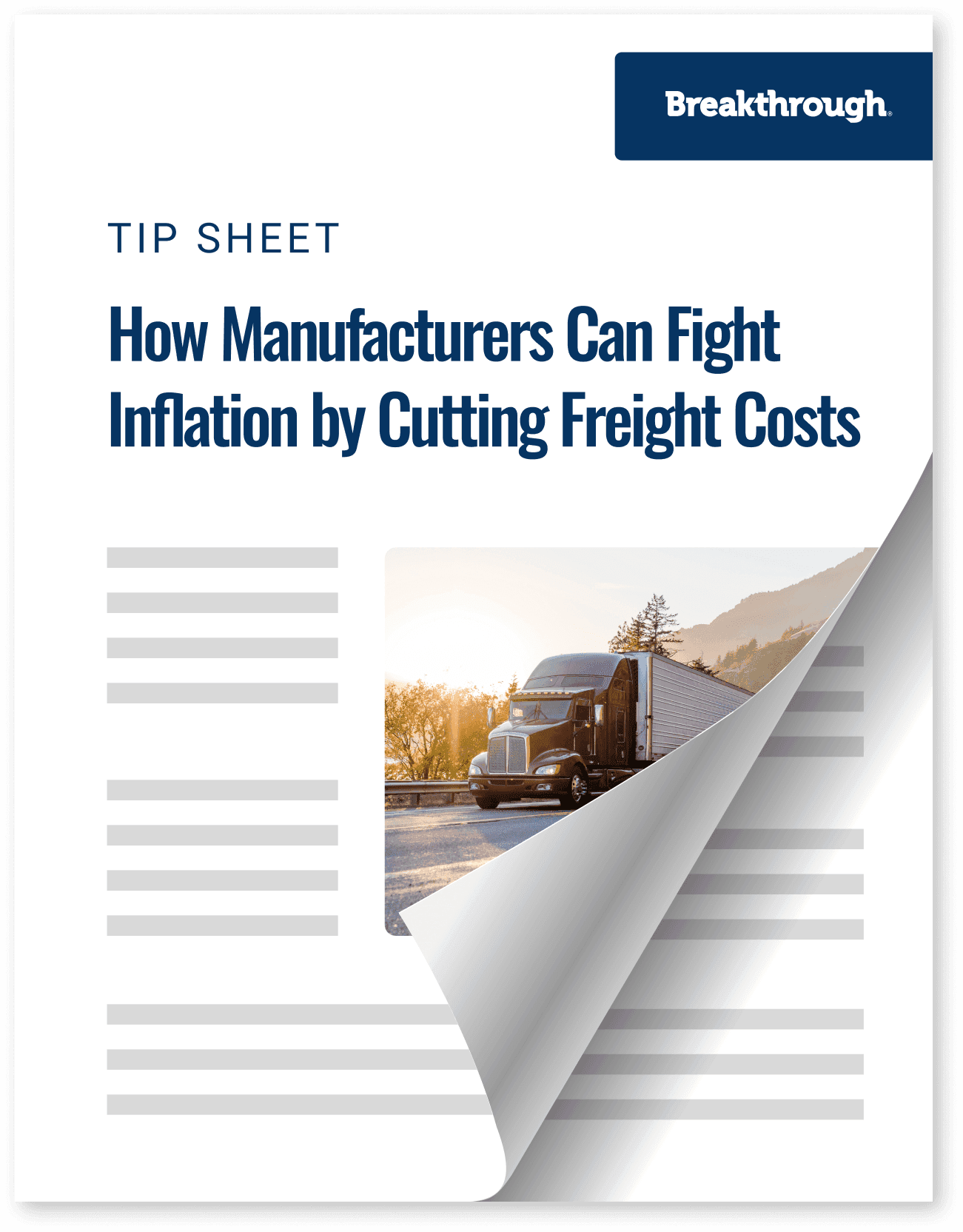How Manufacturers Can Fight Inflation by Cutting Freight Costs

Trending
Top Posts
4 min read
May 12, 2025

Share:
Table of contents
Browse the table of contents to jump straight to the part you’re looking for
When data indicates the potential for increased market volatility, leaders in procurement, finance, and commodity risk management must navigate uncertainty with a plan. Fuel hedging is a strategic tool shippers use to help defend transportation budgets and ensure certainty in unpredictable markets. In this guide, we'll break down fuel hedging and risk management strategies shippers are using to mitigate energy market uncertainty and how you can leverage a fuel price risk management solution to support your transportation network.
Fuel price risk management involves developing and executing a plan to help shippers manage price risk associated with consuming fuel in their network. Shippers may choose to hedge fuel consumption to further define fuel spend. While a shipper may not be the one procuring fuel, they can still hedge their exposure to the fuel price and pay carriers a market-based fuel reimbursement through Fuel Recovery. This provides shippers with a firm understanding and fixed price on their fuel expenditure, no matter what is happening in the market.
Various macroeconomic and geopolitical factors are currently influencing global diesel fuel supply and demand, affecting prices. March brought momentary relief with a notable decline in average wholesale diesel prices, dropping to 305.3¢/gal—15.4¢/gal lower than February. This trend continued into April where average wholesale diesel prices dropped another 6.4¢/gal in March. A few recent highlights below from a broader perspective:
These fluctuating supply-demand fundamentals, compounded by geopolitical tension and evolving policies, emphasize the critical need for a disciplined, data-driven fuel hedging and risk management strategy. Through unbiased market expertise trusted by industry-leading shippers and proactive risk management, shippers can mitigate market exposure, stabilize costs, and maintain a competitive operational advantage.
“Are other shippers hedging diesel exposure right now?” This is a common question in boardrooms today, but industry-leading organizations share one key trait—they don’t let market noise dictate their actions. Instead, they rely on a structured, data-driven fuel price risk management strategy to navigate market volatility with confidence.
Three fuel hedging strategies Breakthrough is seeing:
The takeaway? Success lies in having a structured fuel hedging and risk management plan—and the confidence to follow it.
Markets are dynamic and having a plan to manage this uncertainty is essential for defending your transportation budget. Transformational Fuel® is Breakthrough’s fuel risk management solution. T-Fuel® turns uncertainty into a data-driven decision-making tool to support a cost-conscious, resilient transportation network.
You don’t need to hedge your entire fuel portfolio in one meeting. Start small, perhaps covering 5% of your fuel consumption or hedging diesel in a specific region. By focusing on what you can control, your organization will be in a stronger position to withstand diesel fuel market volatility.
T-Fuel
Receive a tailored scenario or historical analysis for your transportation network.


6 min read
November 10, 2025
Explore how the proposed Union Pacific–Norfolk Southern merger could reshape rail in the U.S. Learn impacts on competition, pricing, and service.
Read more
5 min read
October 28, 2025
Two major oil refineries in California are closing, removing 17.5% of the state's capacity. Learn how this will impact fuel premiums and your supply chain.
Read more
9 min read
October 23, 2025
Discover how fuel management software helps shippers cut costs, boost efficiency, and meet sustainability goals in transportation.
Read more